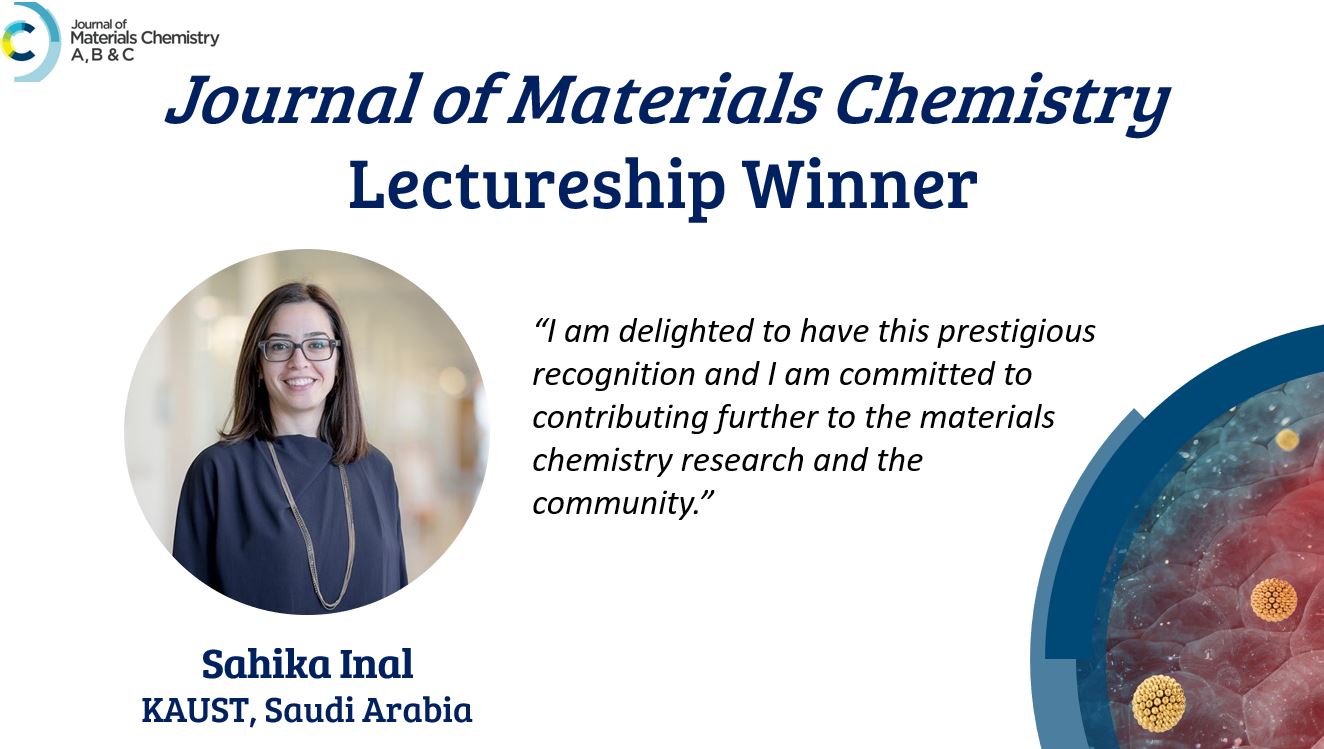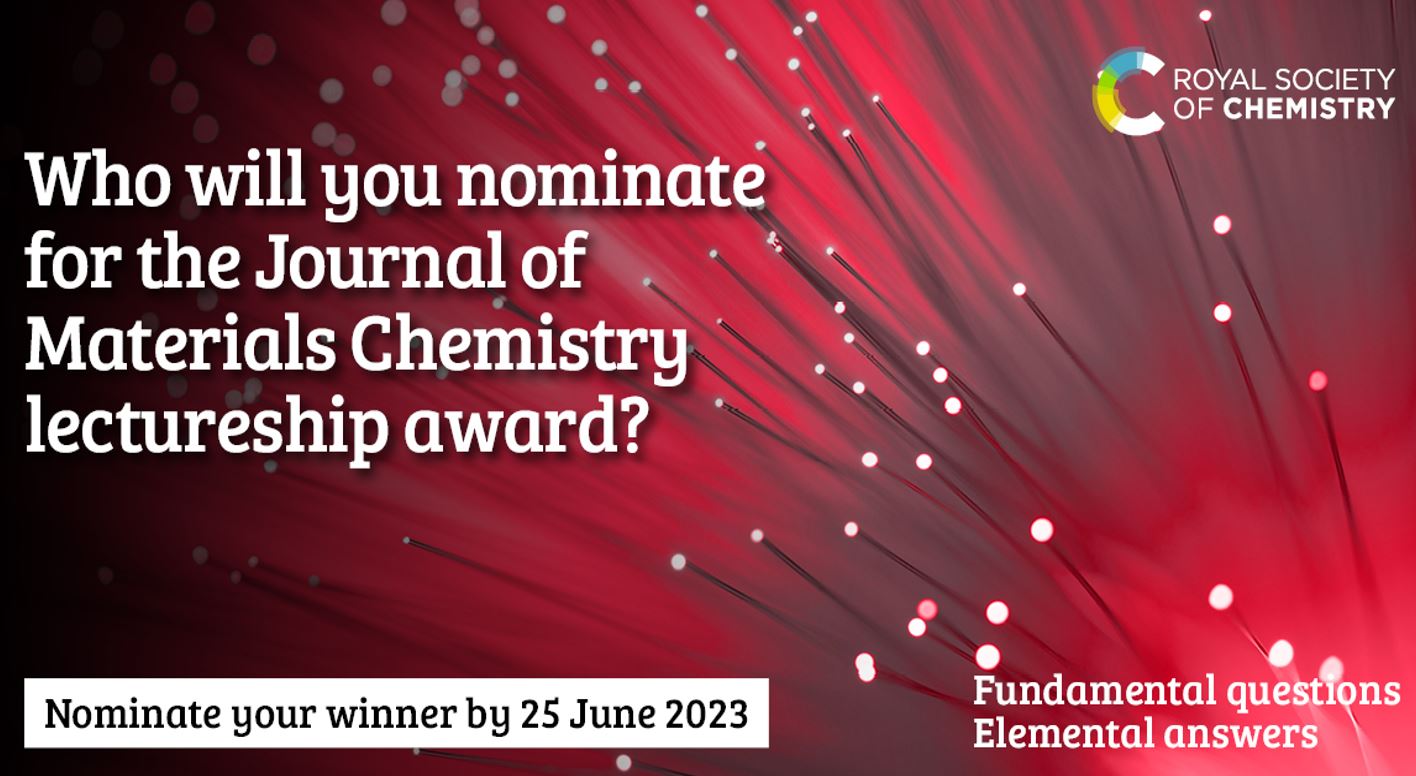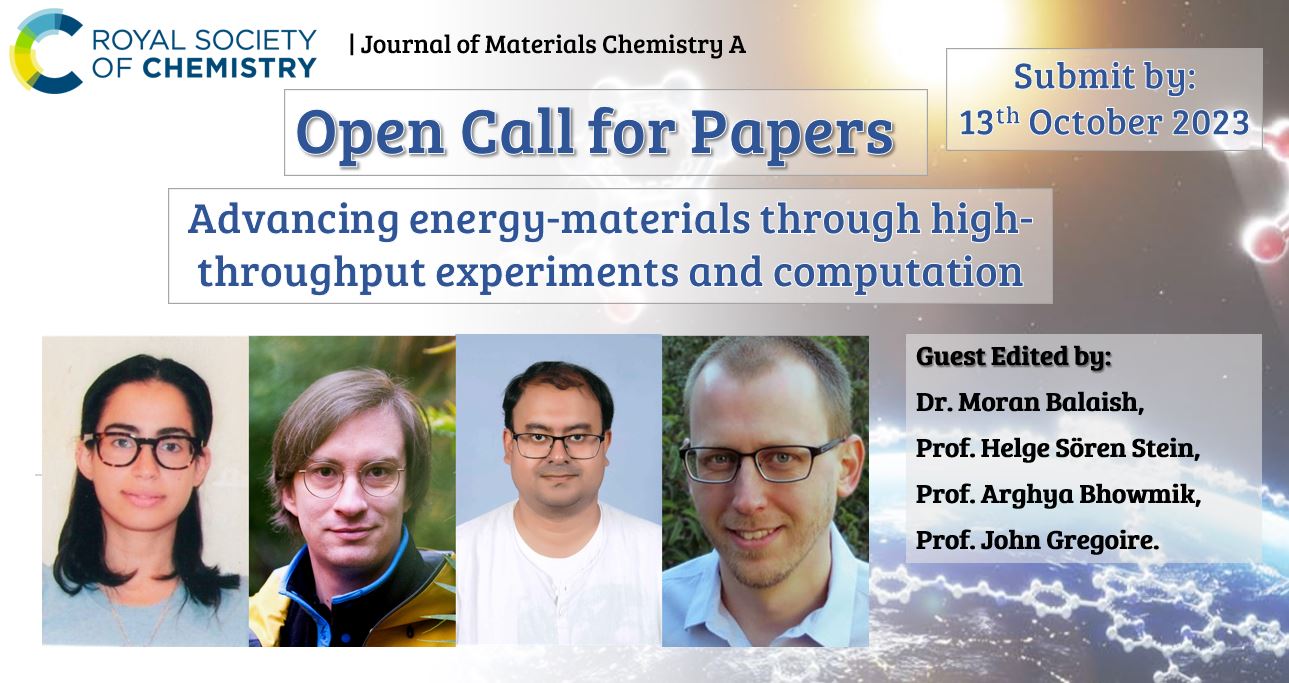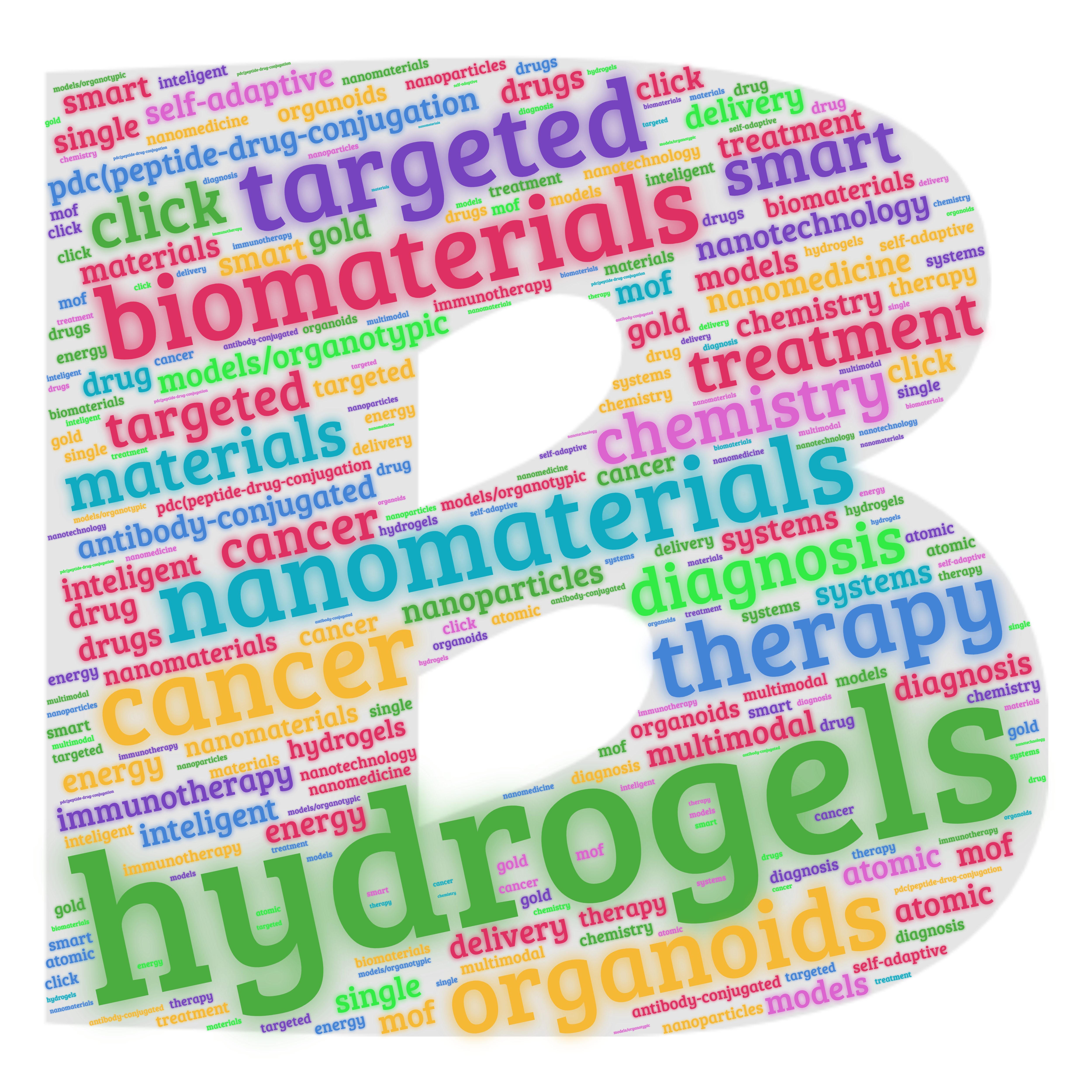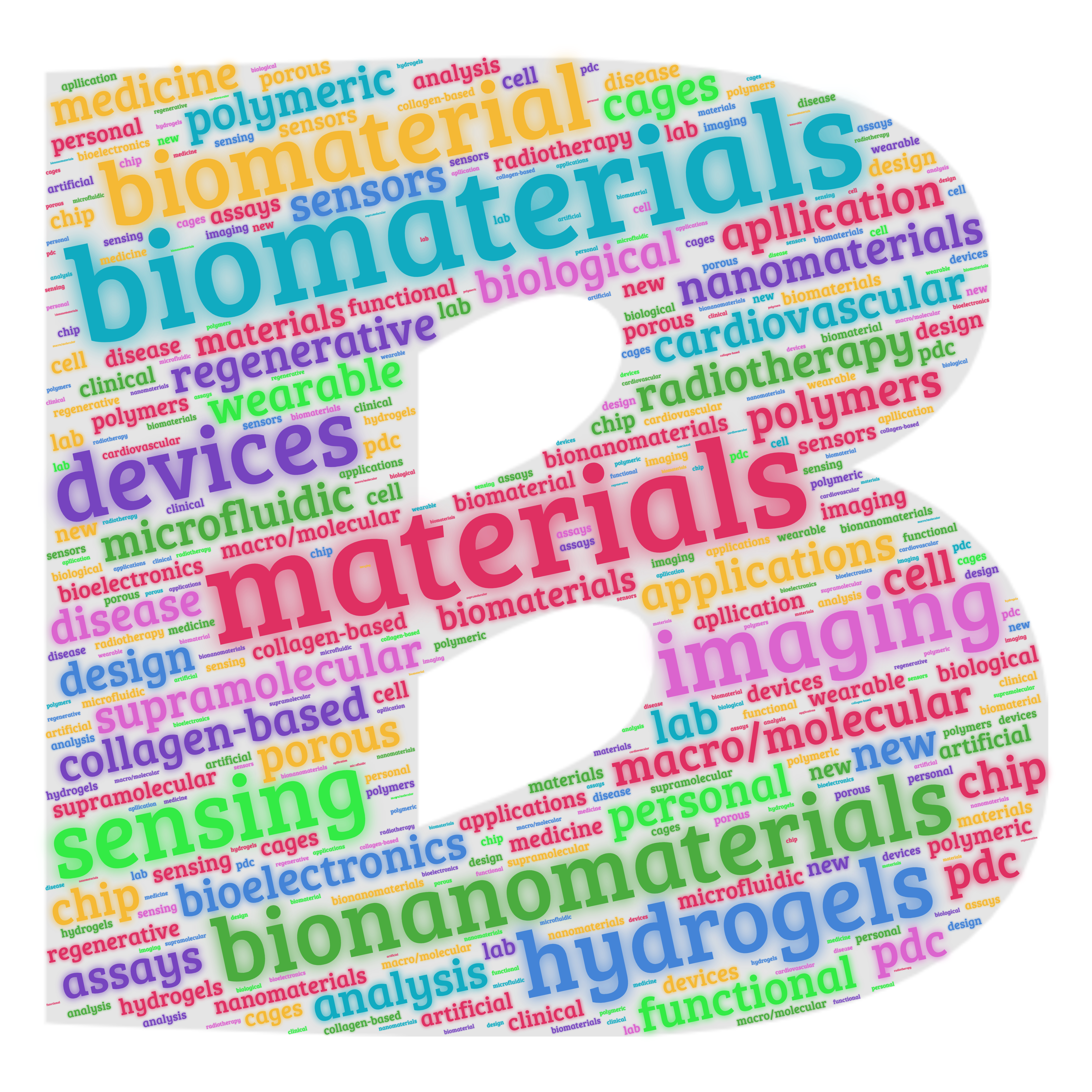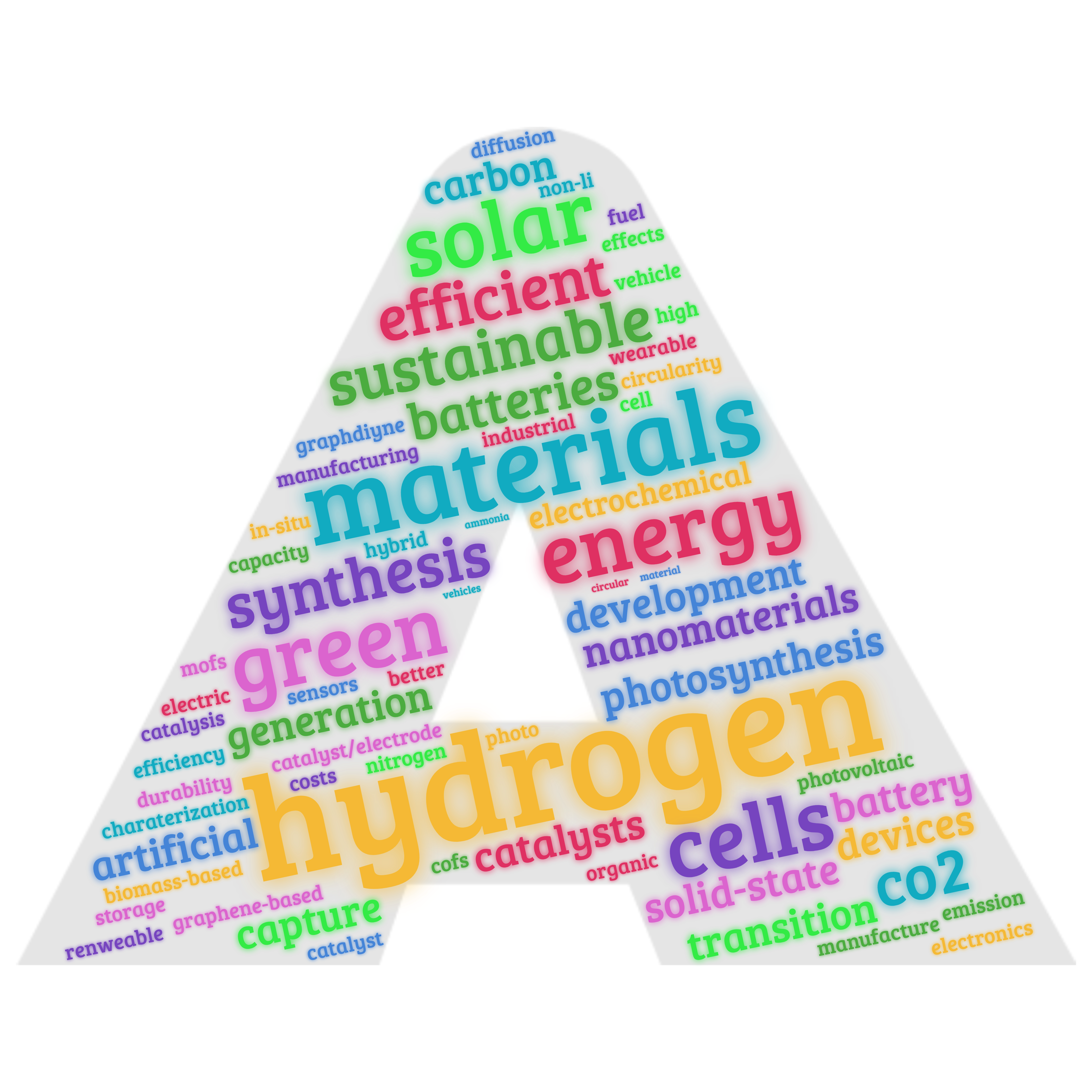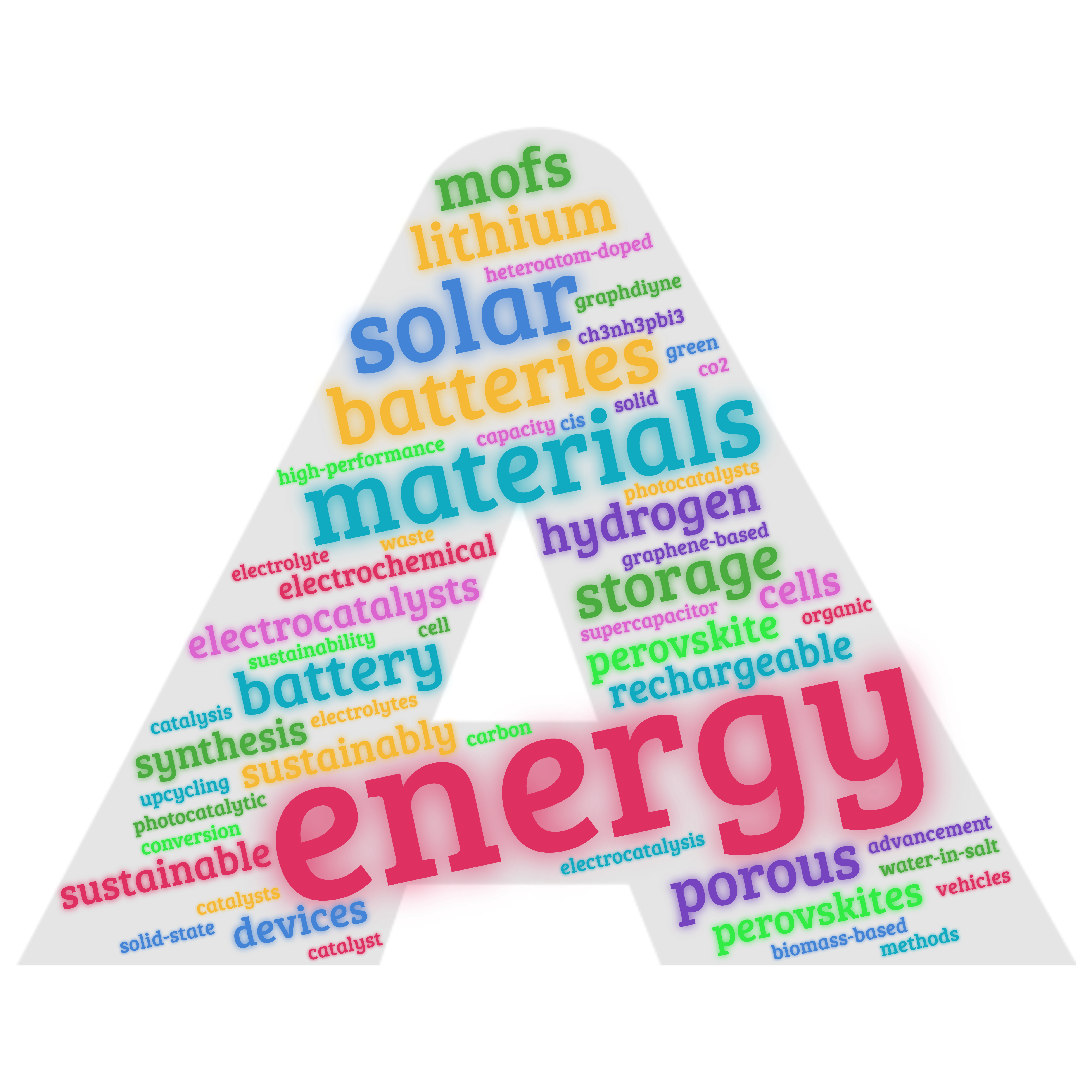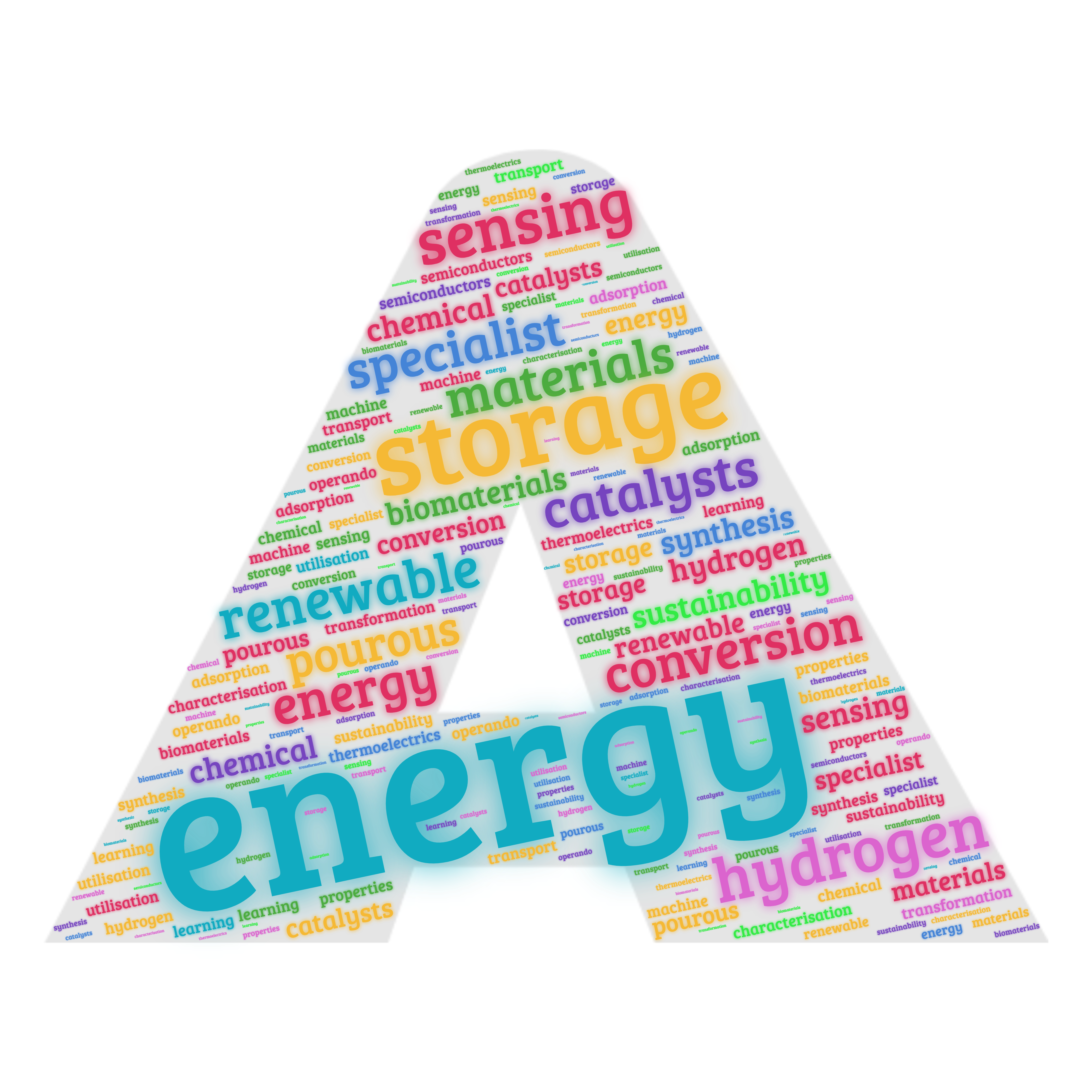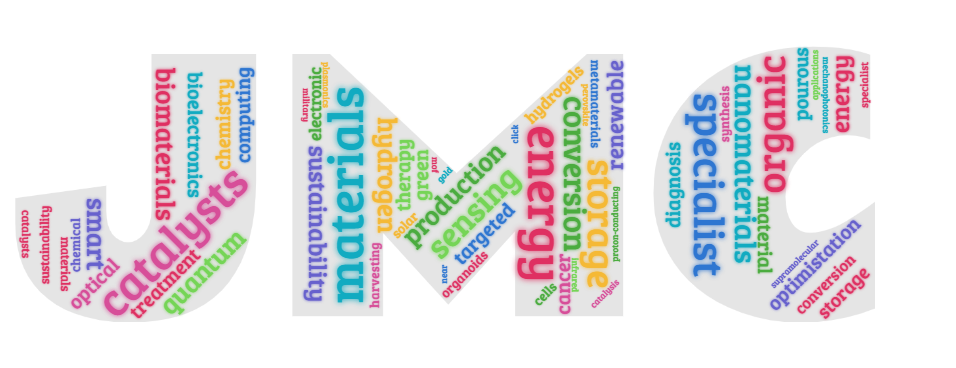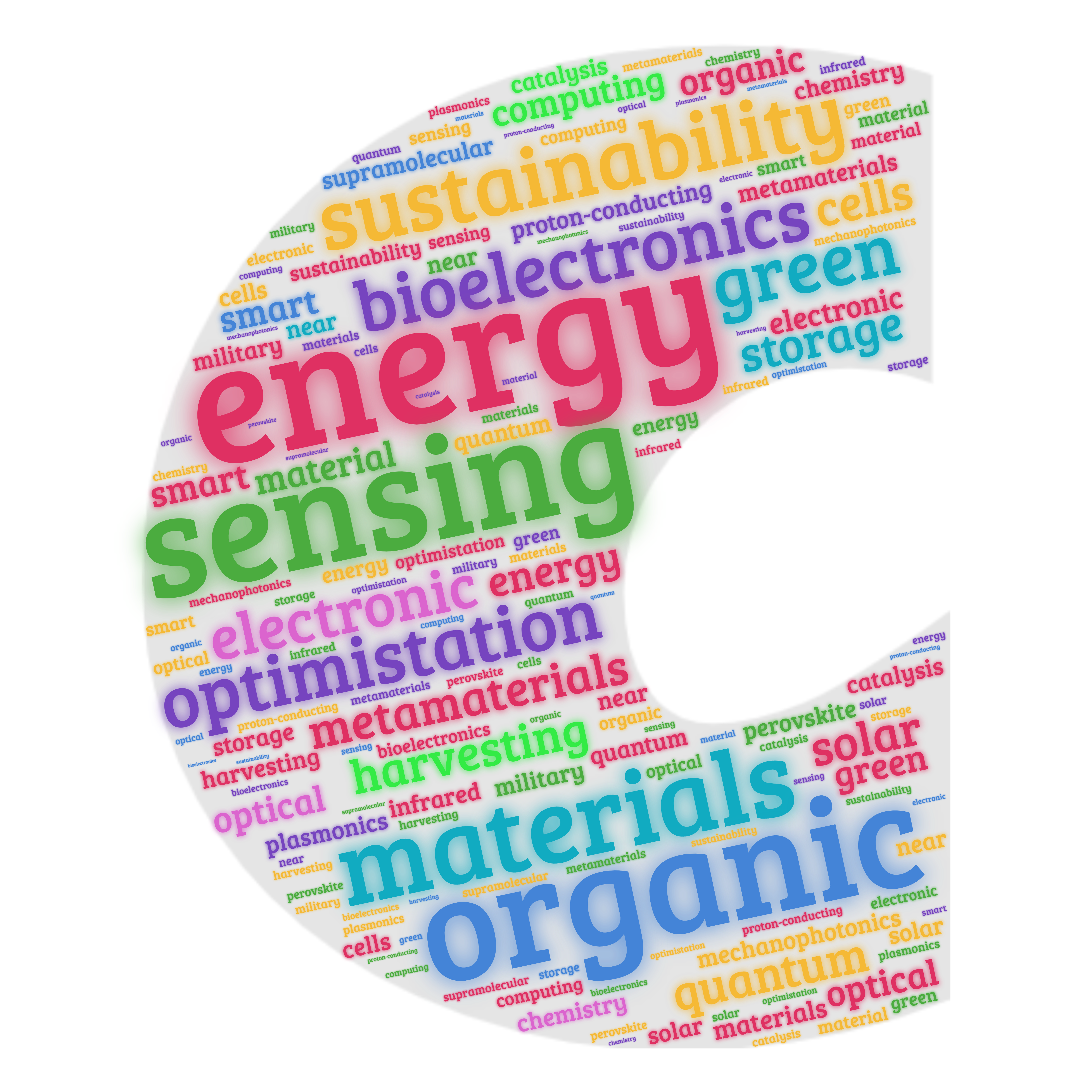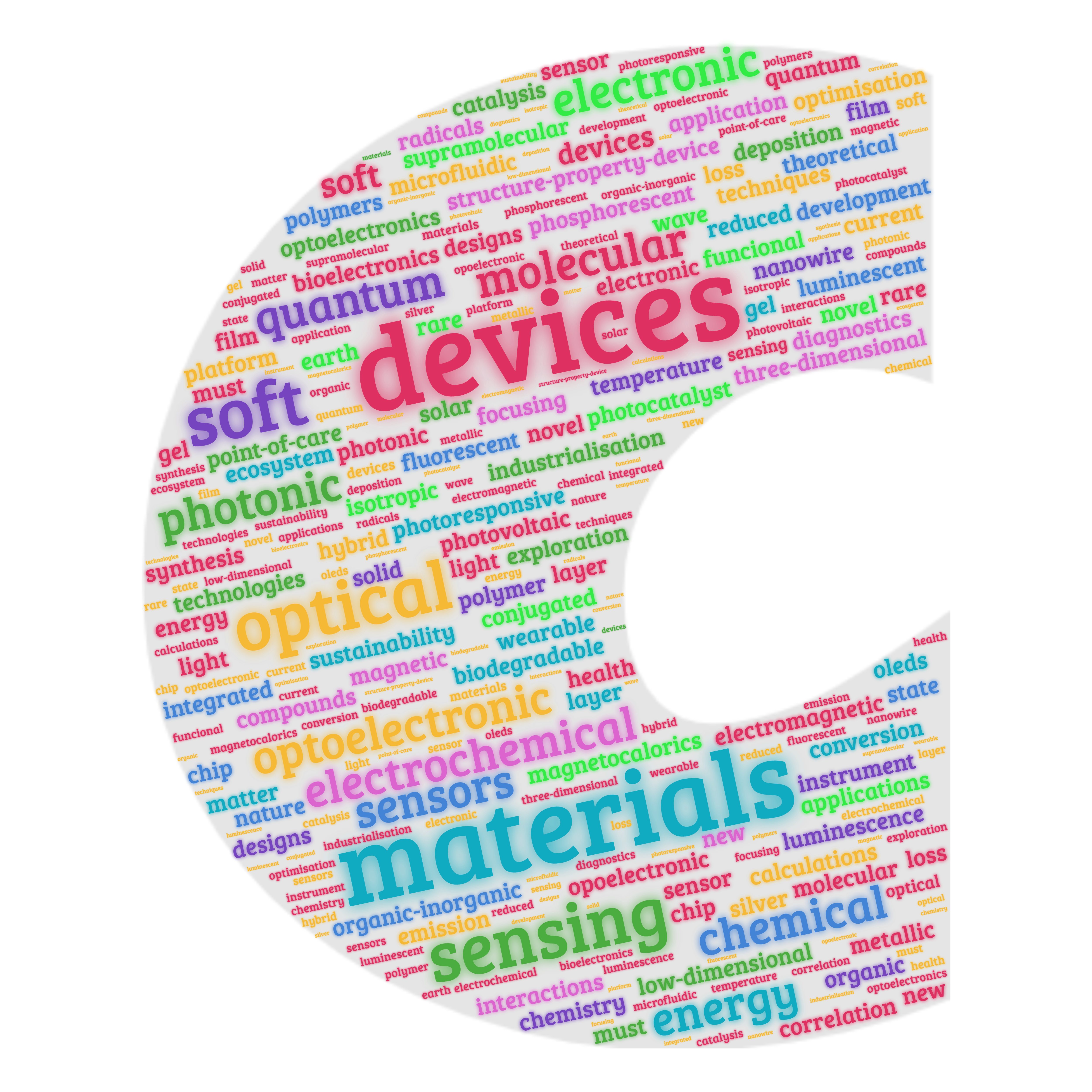With the opening of the 2023 Lectureship nominations we would like to take the opportunity to celebrate our previous Winner and Runner-Ups from the 2022 Lectureship.
To do this, we asked them a few interview questions to gain some retrospective insight into their successes. We also hope that this could serve as advice and guidance to those who would be nominated for the 2023 Lectureship and beyond.
We have included Sahika’s responses below along with links to her past work for you to further explore.
Sahika Inal, Journal of Materials Chemistry 2022 Lectureship Winner
How did you feel when you were announced as the winner/runner-up of the 2022 Journal of Materials Chemistry Lectureship?
I was surprised, happy, grateful, and excited! A healthy balance of feelings which made me appreciate our community.
In your opinion, what would make for a strong candidate to be considered for the Lectureship?
I think service to the community is very important. We often think that academic excellence is the most important factor, but I feel that we are all doing significant scientific work, what probably makes a difference is how one contributes to the others.
Which of your JMC publications are you most proud of and why?
I am proud of all my publications and work my group members have contributed. The publication, Savva et al JMC C, 2018 is however the one I will not forget about as it was the first paper that came out of my independent group.
Do you have any advice for Early-Career researchers who wish to be nominated for the Lectureship award?
I wish them best of luck and suggest them to publish their best work in RSC.
At which upcoming conferences or events may our community meet you?
I will be at FPI in Raleigh, SPIE in San Diego, MRS Fall in Boston
Discover some of Sahika’s work here:
‘Ionic-to-electronic coupling efficiency in PEDOT:PSS films operated in aqueous electrolytes’
Achilleas Savva, Shofarul Wustoni and Sahika Inal.
J. Mater. Chem. C, 2018,6, 12023-12030 DOI: 10.1039/C8TC02195C
https://pubs.rsc.org/en/content/articlelanding/2018/tc/c8tc02195c
Yazhou Wang, Amer Hamidi-Sakr, Jokubas Surgailis, Yecheng Zhou, Hailiang Liao, Junxin Chen, Genming Zhu, Zhengke Li, Sahika Inal and Wan Yue.
Mater. Chem. C, 2021,9, 13338-13346 DOI: 10.1039/D1TC02994K
https://pubs.rsc.org/en/content/articlelanding/2021/tc/d1tc02994k
Maximilian Moser, Yazhou Wang, Tania Cecilia Hidalgo, Hailiang Liao, Yaping Yu, Junxin Chen, Jiayao Duan, Floriana Moruzzi, Sophie Griggs, Adam Marks, Nicola Gasparini, Andrew Wadsworth, Sahika Inal, Iain McCulloch and Wan Yue.
Mater. Horiz., 2022,9, 973-980 DOI: 10.1039/D1MH01889B
https://pubs.rsc.org/en/content/articlelanding/2022/mh/d1mh01889b
‘A guide for the characterization of organic electrochemical transistors and channel materials.’
David Ohayon, Victor Druet and Sahika Inal.
Chem. Soc. Rev., 2023,52, 1001-1023. DOI: 10.1039/D2CS00920J
https://pubs.rsc.org/en/content/articlelanding/2023/cs/d2cs00920j
Many congratulations again to Sahika, and don’t forget to take this opportunity to submit your own nomination for the 2023 Lectureship award.
For more information and details on eligibility criteria and how to nominate a candidate, please visit the Journal of Materials Chemistry Lectureship webpage.
The deadline for nominations is 25 June 2023


